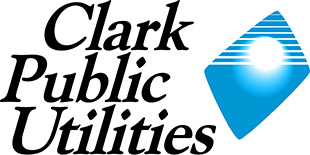Having a back-up generator can be convenient, but safety is key both for you and utility workers. There are two types of generators, portable and permanent.
Portable Generators
A portable generator is less expensive and more flexible, but can only power one or two appliances at a time.
Learn MorePermanent Generators
Permanent generators are wired directly into the electrical system of your home. This is a more expensive option and one that requires the help of a licensed electrician.
Permanent generators can be worth the extra expense if you want enough emergency electricity to keep several appliances operating and if you expect to have to use a generator fairly frequently.
The installation of a permanent generator must be in compliance with the National Electric Code and codes of local enforcing authorities. You can get code information from state electrical inspectors at the Washington Department of Labor and Industries office in Vancouver.
Your generator supplier may not have all the necessary code information, but the electrical contractor installing the generator should comply with all existing codes.
A permanent generator must include a “transfer switch,” to prevent power from the generator feeding back into utility lines. This transfer switch must be a “break before make” type – that means the connection to the utility power system will be cut off before the generator starts to produce power. Please note that an electrical permit is needed prior to installing permanent generator.

